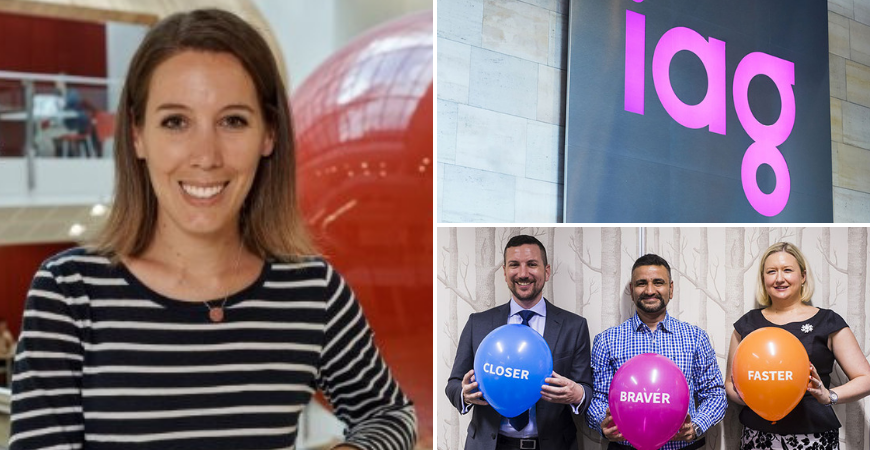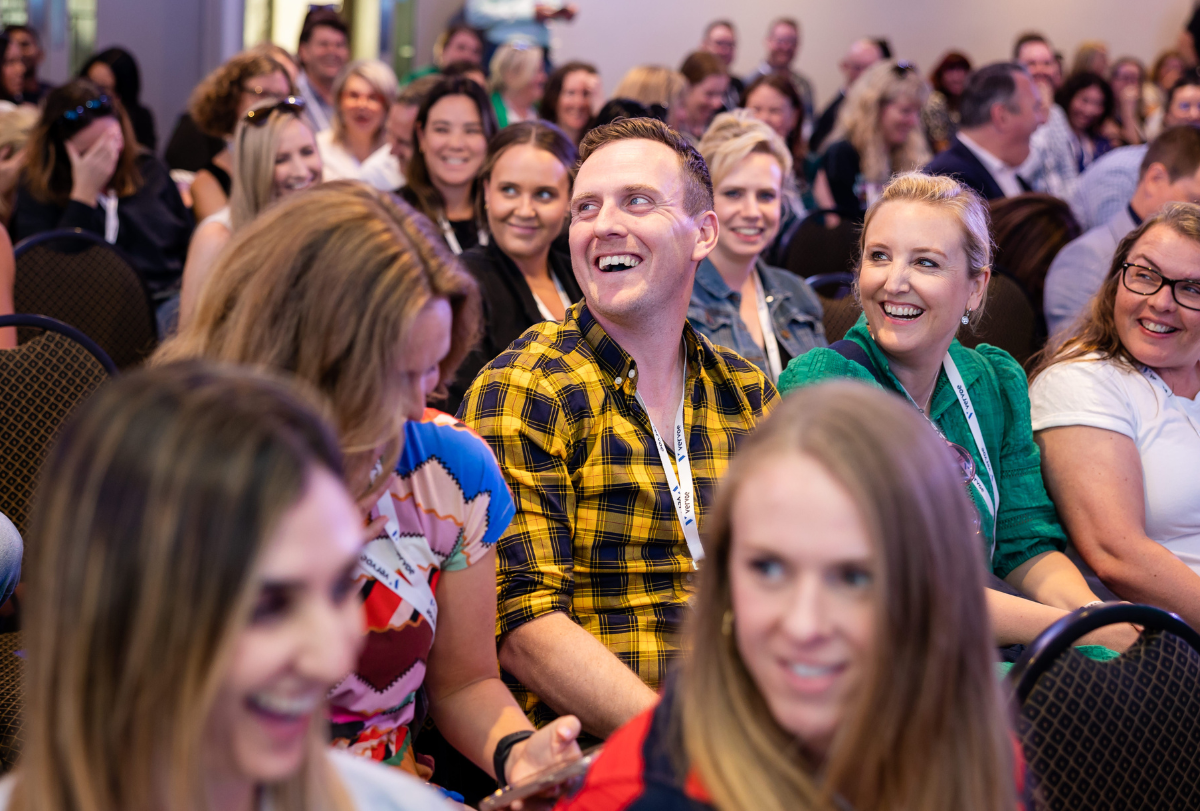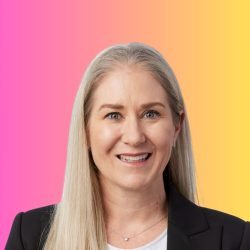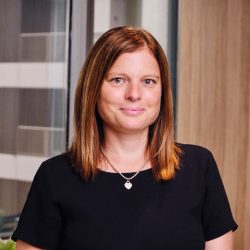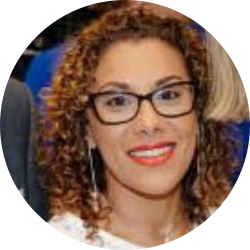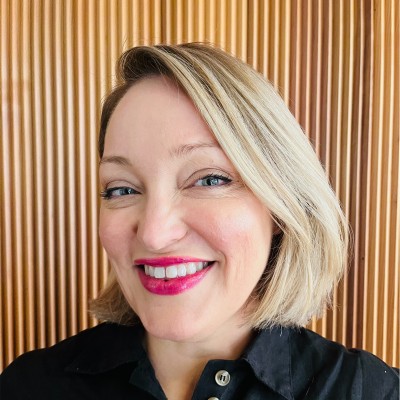
About Insurance Australia Group (IAG)
Insurance Australia Group Limited (IAG) is the largest general insurance company in Australia and New Zealand. The Group’s businesses underwrite almost $12 billion of premium per annum, selling insurance under many leading brands, including CGU, NRMA Insurance, NZI, AMI.
OUR PROBLEM
IAG is looking to hire Talent that already see digital as the primary way of doing business to help us through our digital transformation.
However, there is no targeted digital Talent profile that exists to inform what critical digital capabilities we need to build, borrow, buy or automate to deliver on our Digital roadmap for ‘next’ and ‘future’.
The demand for highly skilled digital Talent in the Australian market poses a significant challenge to the digital transformation of IAG. Not only do we see competition from large tech companies such as Apple, Google, and Facebook, but established start-ups such as Tyro and Atlassian are actively attracting digital Talent today.
The IAG EVP is also not unique, relevant and compelling enough to attract digital Talent and is focused on recruiting a traditional insurance-based capability mix.
All these factors add up to the uncertainty surrounding how we should be approaching this challenge.
OUR INITIATIVE
In order to realise our aspirations to become a credible digital shop that can attract and retain top tier digital Talent, we must create the pathway that will transform how we compete from analogue to digital and cognitive.
That is when we started building our IAG Digital Capability Framework that will allow us to profile the relationship between an employee’s digital mindsets and their technical capabilities.

Fig: IAG Digital Capability Matrix
Referring to the above diagram, we have been able to define a relationship between an employee’s digital technical capabilities (Y xis) and their digital mindset capability (X axis). Digital talent at IAG, must have a strong balance in both technical and digital mindset capabilities relative to others performing the same role profile (eg; Developer or Product Manager).
Through this framework, we are able to understand the profile of employees we need to upskill, the profile of digital Talents we need to hire, and determine what eco-system of Talent we want to create to ensure that it meets the requirements of the business.
OUR PROCESS
Here are some of the key steps:
Define
We aligned each role in digital to a “role profile” that was defined by a separate technical and mindset capability mix. We focused on understanding what the capability was and not the skill. We benchmarked our internal capabilities with an external focus to align with tech companies and digitally native organisations. This was to ensure we were creating a capability framework that would set us up for ‘next’ and ‘future’ and would continue to be practical and relevant. This involved creating working groups that were aligned to each role profile and they became ‘subject matter experts’ in building the capability framework.
Assess
Each role profile had a set of core technical capabilities and mindset capabilities that each manager and delivery lead assessed the employees against. The proficiency scale was written to ensure that it was outside in focused. For example, if you picked up that employee, would they be the hired by a Digital native straight away or struggle? Each rating was completed one on one with each manager so that they stayed true to the definitions.
Review
All ratings were reviewed by the Directors of each Digital stream and calibrated across the broader Digital team. This ensured there was consistency and honesty in ratings. Each Director was able to have insight into how proficient their team were at specific technical and mindset capabilities which enabled them to focus on what was critical and important to focus on.
Execute
In Digital we now have a way of understanding how capable we are at delivering to our digital objectives. For example, our Product Director is acutely aware that there is a critical and important need to uplift Product Analytics in his function and therefore the Talent Profile identifies the need to buy (recruit externally) and build (develop internally) Product Analytics. The Product Capability roadmap now gives him the license to invest and support the development of his people.
OUR RESULT
With the successful rollout of the Digital Capability Framework, we have created 10 distinct role profiles within our organisation. Within these profiles, we have been able to identify the four critical areas we need to develop or recruit for:
- Analytics (Product Team)
- Storytelling (All of Digital)
- Cloud (Engineering Team)
- Personalisation (Engineering Team)
Each capability must be uplifted to a higher proficiency scale by .5 of a rating within six months. If hiring externally, 70 percent of recruitment must be aligned to the Talent profiles and retained in the business for more than six months.
We now have a roadmap to guide us through hiring of the digital Talent we need to take our business onto the next level.
OUR @#$% UP
With the benefit of hindsight, I would spend more time thinking about how I would tell the story of why focusing on the capability of our people is so important to the leaders. I made the mistake of assuming they could communicate the ‘why’ to their people.
The value of telling the story properly to the leaders would have helped me create a more cohesive message and create a common anchor to filter the communication down to employees. Unfortunately, I found myself needing to re-tell the story to the leaders down the track.
A major setback we encountered was the resistance from the IAG’s ‘frozen middle’ as we call it. This reluctance to change, and the need to focus on traditional insurance capability. Most of this resistance did come from those that had been with the organisation for a long time (15-20 years).
Another major issue we had was that dealing with a highly technical function (engineers, developers) that wanted to see ‘details’. They demanded a highly detailed framework, but to go down to every layer and every skill would mean that we would risk having the framework become irrelevant within 3-6 months.
The fourth challenge was asking managers to rate their employees’ capabilities with an ‘outside in’ perspective. Not how good they think they are internally, but if you picked that employee up and assessed their capability in the market – would they get swooped up by an Apple, Atlassian, Google? Breaking that subjective perception of someone being a ‘good worker & a yes man’ to ‘what capability do they bring to the organisation (both technical and mindset)?
Managing these conversations and getting their buy in was really tough but I was glad that we managed to get through them successfully.
WRAP UP
IAG is on an incredible journey where the Digital team are focusing on what is ‘next’ and what our ‘future’ will hold. Talent is a critical enabler for us to become a digital first business and we are only just starting to build the foundations of what our digital shop could look like. The world of work is changing, and we need to see talent that see digital as the primary way of doing business.
If you would like to learn more, feel free reach out and I’ll be more than happy to offer advice:
Sophie Hordern
sophie.a.hordern@iag.com.au
Principal, Digital Talent & Capability, IAG
Mob: 0412 886 402
ATC2019 is all about exploring high performance Talent functions and the elements necessary for Talent Acquisition (TA) to thrive as we enter the age of intelligence. Get your tickets here.

